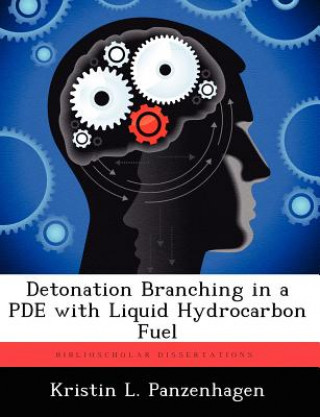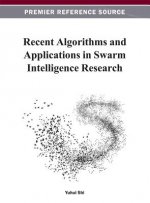
Delivery
Shopping guide





Doesn't suit? No problem! You can return within 30 days
 Gift voucher
any value
Gift voucher
any value
You won't go wrong with a gift voucher. The gift recipient can choose anything from our offer.
Detonation Branching in a Pde with Liquid Hydrocarbon Fuel
 English
English
 157 b
157 b
 Delivery to Austria
Delivery to Austria
30-day return policy
You might also be interested in


Pulse detonation engines (PDE) capitalize on the large mass flux and pressure rise a detonation has compared to a deflagration. The PDE operates on a fill-detonate-exhaust cycle and its thrust is directly proportional to the cycle frequency, therefore a decrease in cycle time results in increased thrust. This research showed that the detonate part of the cycle can be shortened by using a branched detonation as the ignition source as opposed to standard spark ignition. This research was a milestone in PDE development because, while detonation branching has been accomplished using gaseous hydrogen as the fuel, this was the first instance of detonation branching using liquid hydrocarbon fuel. A vaporization system was used to vaporize the fuel and mix it with the airstream, allowing the PDE to operate at stoichiometric conditions. This research concluded that detonation ignition is not only possible when using liquid hydrocarbon fuel, but it produces results superior to those obtained using spark ignition. With detonation ignition, more energy is input into the head than with spark ignition. Operating at a 20 Hz cycle frequency and a 1.02 equivalence ratio, ignition times were 5.63 and 0.19 ms and deflagration to detonation transition (DDT) times were 2.36 and 1.03 ms for the spark- and detonation-ignited thrust tubes, respectively. The total time savings in the detonate part of the PDE cycle for detonation-ignition was 6.77 ms, an 85% time reduction in ignition and DDT times. This reduction in cycle time affords an appreciable thrust increase. Also, DDT was complete in 83% of the distance, allowing a decrease in tube length, which decreases overall weight.
About the book
 English
English
Categories


 Contact
Contact How to shop
How to shop
































